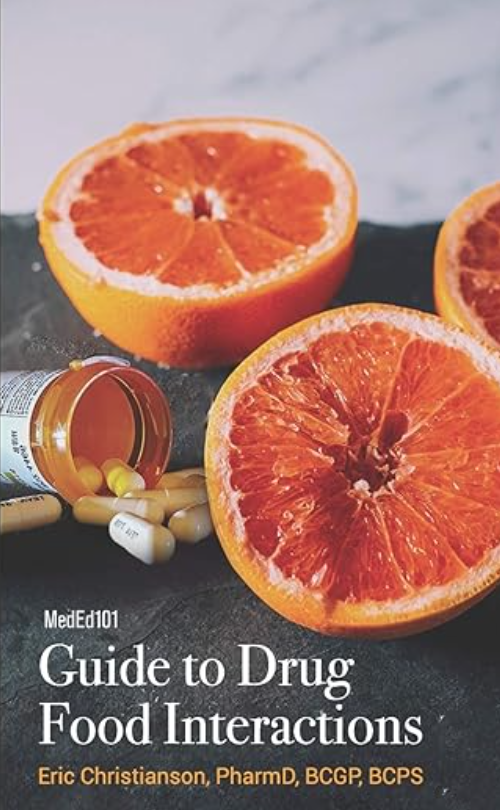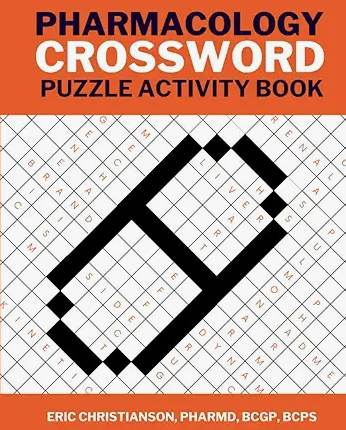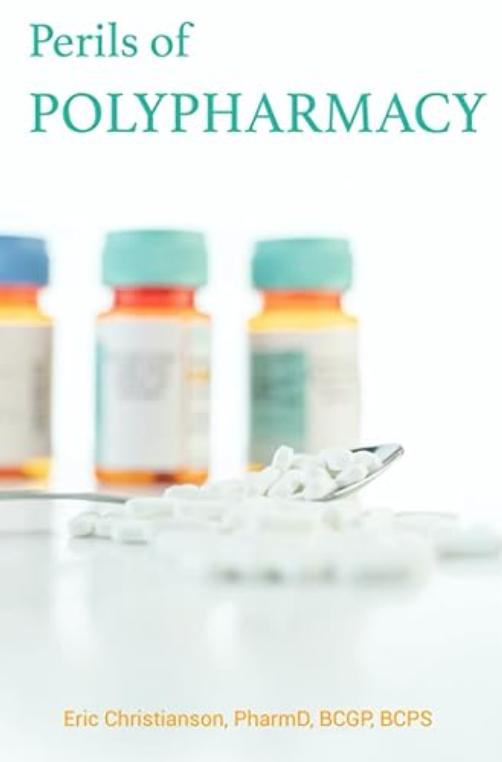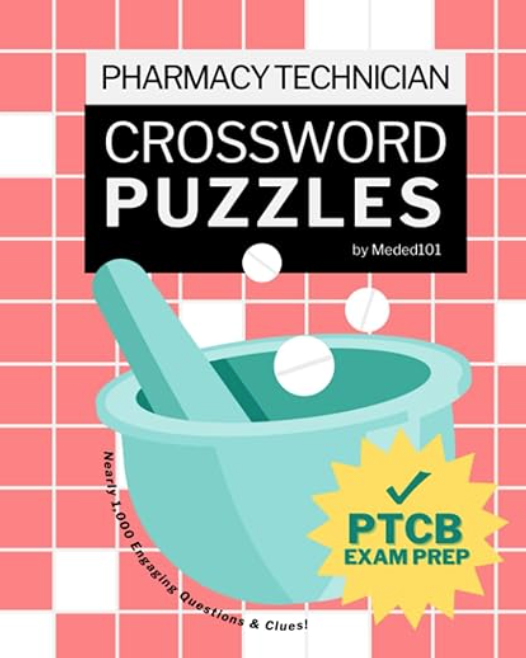At face value, metoprolol tartrate (brand name Lopressor) and metoprolol succinate (brand name Toprolol XL) may seem similar. They are both selective beta-1 adrenoceptor blockers, with tartrate being dosed twice daily and succinate being dosed once daily. However, when evaluating formulation, FDA indication, off-label indications, and pharmacokinetics, it is evident that there are a few differences that contribute to their respective places in therapy. In this article, we will review some of those differences when comparing metoprolol succinate versus tartrate.
Metoprolol succinate is only available as an oral tablet, whereas tartrate offers an oral tablet, as well as an IV preparation in the form of a 5mg/5ml solution ampule. As far as pharmacokinetics go, it should come as no surprise that metoprolol succinate has a longer half-life (3-7 hours) than its tartrate counterpart (3-4 hours). While both formulations are FDA-approved for hypertension and angina pectoris, the tartrate formulation has an additional indication for myocardial infarction, while the succinate formulation has one for heart failure. It should be noted that each formulation has off-label uses for its counterpart’s unique indication (tartrate has an off-label indication for HF, and vice versa).
The indication for metoprolol succinate use in heart failure is upheld by the MERIT-HF trial, in which Toprol-XL demonstrated a 34% reduction in all cause mortality compared to placebo. Specifically, there was an overall risk reduction of 31% for all-cause mortality and heart failure hospitalization, 38% for cardiovascular mortality, and 49% for death due to worsening heart failure. Studies comparing the tartrate formulation to the succinate formulation head-to-head in the lens of heart failure are scarce. However, the COMET trial compared metoprolol tartrate with carvedilol, a beta-blocker with an FDA indication for heart failure, which showed that metoprolol tartrate had a statistically significant higher incidence of all-cause mortality compared to carvedilol in chronic heart failure patients. This study supports the recommendation against using metoprolol tartrate in heart failure, as there are safer and more effective options. In other smaller studies and reviews, metoprolol tartrate has been able to exhibit similar effects as its FDA-approved counterparts in terms of left ventricular systolic function. There still is not enough data to support the use of tartrate in heart failure, however, it may have a place in therapy for patients who may have comorbid conditions or other factors that would make the tartrate formulation a more effective option.
In myocardial infarction, metoprolol tartrate tablets or ampules are utilized to reduce cardiovascular mortality, which is proven by the Göteborg Metoprolol Trial. This double-blind, placebo-controlled, randomized control trial demonstrated that Lopressor was shown to reduce 3-month mortality by 36% in patients with suspected or definite myocardial infarction. Metoprolol tartrate is preferred over metoprolol succinate because rapid and precise adjustments for blood pressure and heart rate response are better achieved with metoprolol tartrate tablets or ampules for IV administration. This is a benefit that metoprolol succinate does not offer. The same cardiovascular effects cannot be exhibited with metoprolol succinate in such a timely manner, due to its longer onset and half-life, and therefore should not be used for treatment of myocardial infarction. Oftentimes, post-MI patients will be switched to metoprolol succinate to aid in medication adherence and ease for the patient.
When evaluating a patient’s usage of metoprolol, consider their indication; ensure that heart failure patients are taking metoprolol succinate, and patients experiencing acute myocardial infarction and receiving metoprolol tartrate. We hope that this clears up any confusion when comparing metoprolol succinate versus tartrate but in case it doesn’t we’ve tried to provide a comparison table of some of the differences between these agents.
Metoprolol Succinate Versus Tartrate Comparison Table
| Brand / Generic | LOPRESSOR / metoprolol tartrate | TOPROL-XL / metoprolol succinate |
| MOA | Selective beta-1 adrenoceptor blocker | Selective beta-1 adrenoceptor blocker |
| FDA indications | Hypertension Angina pectoris Myocardial infarction → HD stable patients with/suspected MI | Hypertension Angina pectoris Heart failure → stable, symptomatic HF |
| Off label indications | Heart failure Supraventricular tachycardia Thyroid storm Arrhythmia Short-term anxiety | Myocardial infarction Supraventricular tachycardia Thyroid storm Arrhythmia Short-term anxiety |
| ADME | Completely absorbed in GI tract Bioavailability: 100% IV, 50% oral Half-life: 3-4 hours Metabolized by liver Renally excreted: < 5% unchanged in urine | Completely absorbed in GI tract Bioavailability: 40% Half-life: 3-7 hours Metabolized by liver Renally excreted: < 5% unchanged in urine |
| Dose adjustments | Renal- no adjustment necessary Hepatic- initiate at lower doses and titrate to clinical response | Renal- no adjustment necessary Hepatic- initiate at lower doses and titrate to clinical response |
| Formulations / crush | Tablet (25 mg, 37.5 mg, 50 mg, 75 mg, 100 mg) OralSolution (5mg/5ml ampule) IV | Tablet (25 mg, 50 mg, 100 mg and 200 mg) Oral |
This article was written by Crystal Deng, PharmD Candidate in collaboration with Eric Christianson, PharmD, BCPS, BCGP
- 30 medication mistakes PDF
- 18+ Page Drug Interaction PDF
- 10 Commandments of Polypharmacy Webinar based on my experiences in clinical practice
Popular Amazon Books
Sources:
FDA Package Insert – https://www.accessdata.fda.gov/drugsatfda_docs/label/2009/019962s038lbl.pdf
FDA Package Insert – https://www.accessdata.fda.gov/drugsatfda_docs/label/2008/017963s062,018704s021lbl.pdf
Ripley TL, Saseen JJ. β-blockers: a review of their pharmacological and physiological diversity in hypertension. Ann Pharmacother. 2014;48(6):723-733. doi:10.1177/1060028013519591
Hjalmarson Å, Goldstein S, Fagerberg B, et al. Effects of Controlled-Release Metoprolol on Total Mortality, Hospitalizations, and Well-being in Patients With Heart Failure: The Metoprolol CR/XL Randomized Intervention Trial in Congestive Heart Failure (MERIT-HF). JAMA. 2000;283(10):1295–1302. doi:10.1001/jama.283.10.1295
Poole-Wilson PA, Swedberg K, Cleland JG, et al. Comparison of carvedilol and metoprolol on clinical outcomes in patients with chronic heart failure in the Carvedilol Or Metoprolol European Trial (COMET): randomised controlled trial. Lancet. 2003;362(9377):7-13. doi:10.1016/S0140-6736(03)13800-7









0 Comments